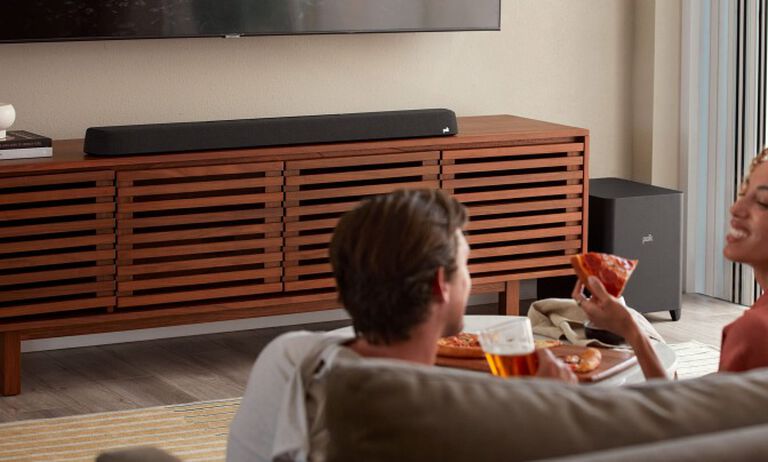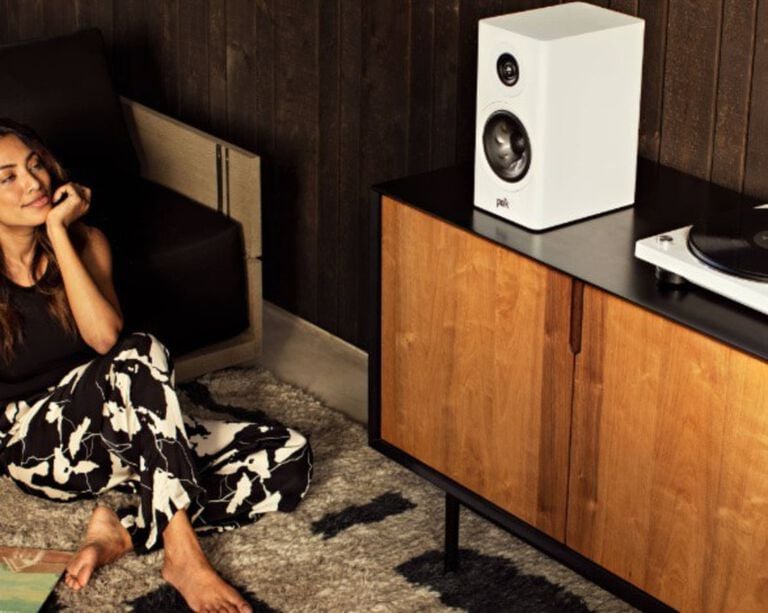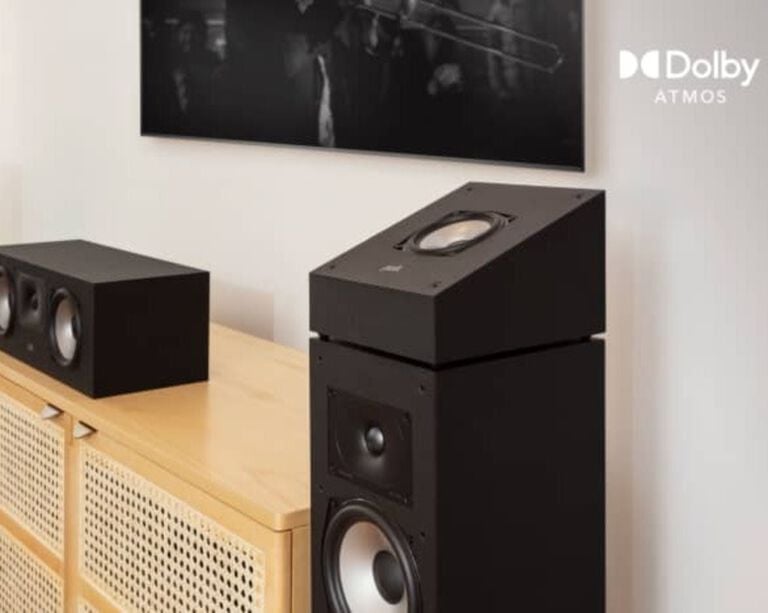How to Troubleshoot Your Home Theater Speakers
Article written by POLK STAFF

You're gearing up to watch the latest action flick with your friends on your home theater setup, but notice that one of your speakers isn't working. Fortunately, with a little DIY home theater troubleshooting,identifying the cause and resolving the issue yourself may be easier than you think. Move through these steps in order until you locate the root problem.
Try playing from a different audio source
If the speaker is able to play audio this time, then the issue lies within the original source, not your speaker or the speaker wire. In this case, you may need to look into replacing your source, whether that's a DVD player, television, etc. If the alternate source does not generate sound from your speaker, then you have identified the speaker, or its output connection or connecting wires, as the issue. If your speaker still does not work, move to the next step below.
QA the speaker connections
Ensure that they're tight and conductive (that metal is touching metal). If these connections are loose, that may be the reason why your speaker isn't producing sound.
Swap the speaker out and replace it with one of the other speakers
This is done by simply disconnecting the wires at the speaker, and reconnecting them to the new speaker. If the newly connected speaker operates as it should, then the problem lies within the original speaker. If the new speaker will not play music, then the issue can be found within the connection, the wire, or the output signal. If in this step you discover that it is in fact the speaker that is faulty, please contact us for assistance. Otherwise, move on to the next steps.
Take a closer look at your AV receiver connections
Go to your main audio receiver or processor and locate the region (often the back panel) where all of your speaker connections reside. If the silent speaker was situated in the left-front position of your system, locate the left-front output connection on the back panel of the receiver. Replace that outgoing connection with another connection that is confirmed as working - perhaps the right-front connection. Remove the left-front wiring and temporarily replace it with the wire from the right-front output connection. Test to see if the speaker produces sound now. If it does, then we've identified that the front-left wiring is the problem. Check to see if that wire could be pinched under a piece of furniture, bent, frayed or broken. Either reposition or replace the wire to solve the issue.
If the speaker still does not generate sound, and you've checked to ensure that the new wire connection is tight and unbroken, it is possible that the receiver output is defective or faulty. You may have to contact the manufacturer of your receiver to discuss troubleshooting or warranty options.
If you’re still stumped to get your troubleshooting questions answered, don’t hesitate to contact us at 1-800-377-7655. We’re always be happy to help you troubleshoot these issues in detail. And feel free to check out our Polk forum for more helpful info.


